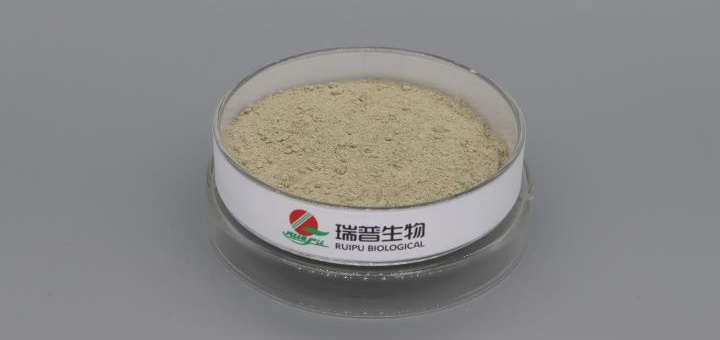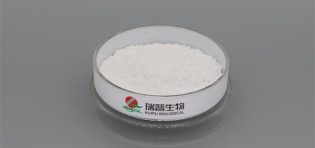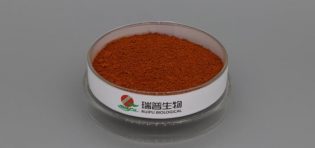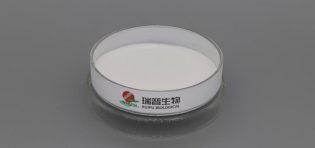
Ferrous gluconate is a common oral iron supplement widely used for preventing and treating iron deficiency anemia. Its safety and toxicological characteristics have been systematically evaluated through extensive clinical and experimental studies, with key conclusions focusing on dose-dependent toxicity, metabolic pathways, and risks in specific populations, as follows:
I. Basic Safety Profile: Tolerance at Normal Doses
At recommended doses (adult daily elemental iron intake is typically 10–20 mg, corresponding to approximately 100–200 mg of ferrous gluconate), ferrous gluconate exhibits good safety. Its iron ions exist in the form of organic chelates, which are absorbed more gently in the gastrointestinal tract and cause less local irritation compared to inorganic iron (e.g., ferrous sulfate).
Acute toxicity: Single intake of conventional doses rarely causes acute toxic side effects; only some individuals may experience mild gastrointestinal reactions (e.g., nausea, constipation), which are related to iron ion stimulation of intestinal mucosal secretion.
Long-term safety: When supplemented at recommended doses for a long period (6–12 months), human iron stores (e.g., serum ferritin) can gradually return to normal, with no observed abnormalities in liver or kidney function or oxidative stress damage, indicating good long-term tolerance within metabolic ranges.
II. Toxicological Mechanisms: Risks and Damage Pathways of Excessive Intake
When intake far exceeds the safe range (adults ingesting more than 200 mg of elemental iron in a single dose, children more than 60 mg), the toxicity of ferrous gluconate mainly stems from uncontrolled release of iron ions and oxidative damage:
Acute iron poisoning: Excess iron ions cannot be effectively bound by transferrin (the saturation threshold of transferrin is approximately 35 μmol/L serum iron). Free iron accumulates in cells, generating large amounts of reactive oxygen species (ROS) through the Fenton reaction, triggering lipid peroxidation and destroying cell membrane structures. The gastrointestinal tract is the primary target organ, manifesting as severe vomiting, abdominal pain, and gastrointestinal bleeding. If iron ions are absorbed into the bloodstream, they can cause metabolic acidosis, liver and kidney failure, and even multiple organ dysfunction. Children, due to their body weight and metabolic characteristics, are more sensitive to excess iron.
Chronic accumulation risks: In patients with iron overload diseases such as hemochromatosis and hemosiderosis, long-term intake of ferrous gluconate will exacerbate iron accumulation in the body, leading to chronic toxicity such as liver fibrosis and myocardial damage. This is related to the continuous deposition of iron ions in parenchymal organs and the induction of inflammatory responses.
III. Safety Considerations for Special Populations
Pregnant and lactating women: Supplementation at conventional doses can prevent iron deficiency anemia during pregnancy. The transport of iron ions through the placenta or breast milk is strictly regulated, posing no risk of excess to the fetus or infant. However, excessive intake may increase the incidence of constipation and indigestion in pregnant women.
Individuals with liver or kidney dysfunction: The liver is the core organ for iron metabolism. When liver function is impaired, the storage and metabolism of iron ions become imbalanced, potentially exacerbating iron accumulation toxicity. For those with renal insufficiency, due to reduced excretion capacity, the supplementation dose needs to be reduced to avoid iron ion retention in the body.
Children: Children have a lower tolerance threshold for iron poisoning. Accidental ingestion of preparations containing ferrous gluconate (e.g., adult iron supplements) is a common cause of acute poisoning. Strict control of children’s exposure dose and enhanced storage management are necessary.
IV. Safety Control and Risk Prevention
Dose control: The adult tolerable upper intake level (UL) is 45 mg of elemental iron (corresponding to approximately 450 mg of ferrous gluconate). Exceeding this dose requires medical monitoring. Pediatric doses are calculated by body weight, usually not exceeding 6 mg/kg of elemental iron per day.
Dosage form design: Sustained-release formulations can reduce the instantaneous concentration of iron ions in the gastrointestinal tract, lowering the risk of local irritation and acute poisoning. Although co-administration with vitamin C promotes iron absorption, excessive absorption-induced toxicity should be avoided.
Toxicity management: In case of acute excessive intake, iron chelators (e.g., deferoxamine) should be used promptly to remove free iron ions, along with symptomatic supportive treatment (e.g., correcting acidosis, protecting liver and kidney function). Early intervention can significantly reduce the risk of death.
The safety of ferrous gluconate is significantly dose-dependent. It is a safe and effective iron supplement at normal doses, but the toxicity of excessive intake cannot be ignored. Reasonable doses should be formulated for different populations, and risks should be reduced through dosage form optimization and emergency measures for poisoning.








